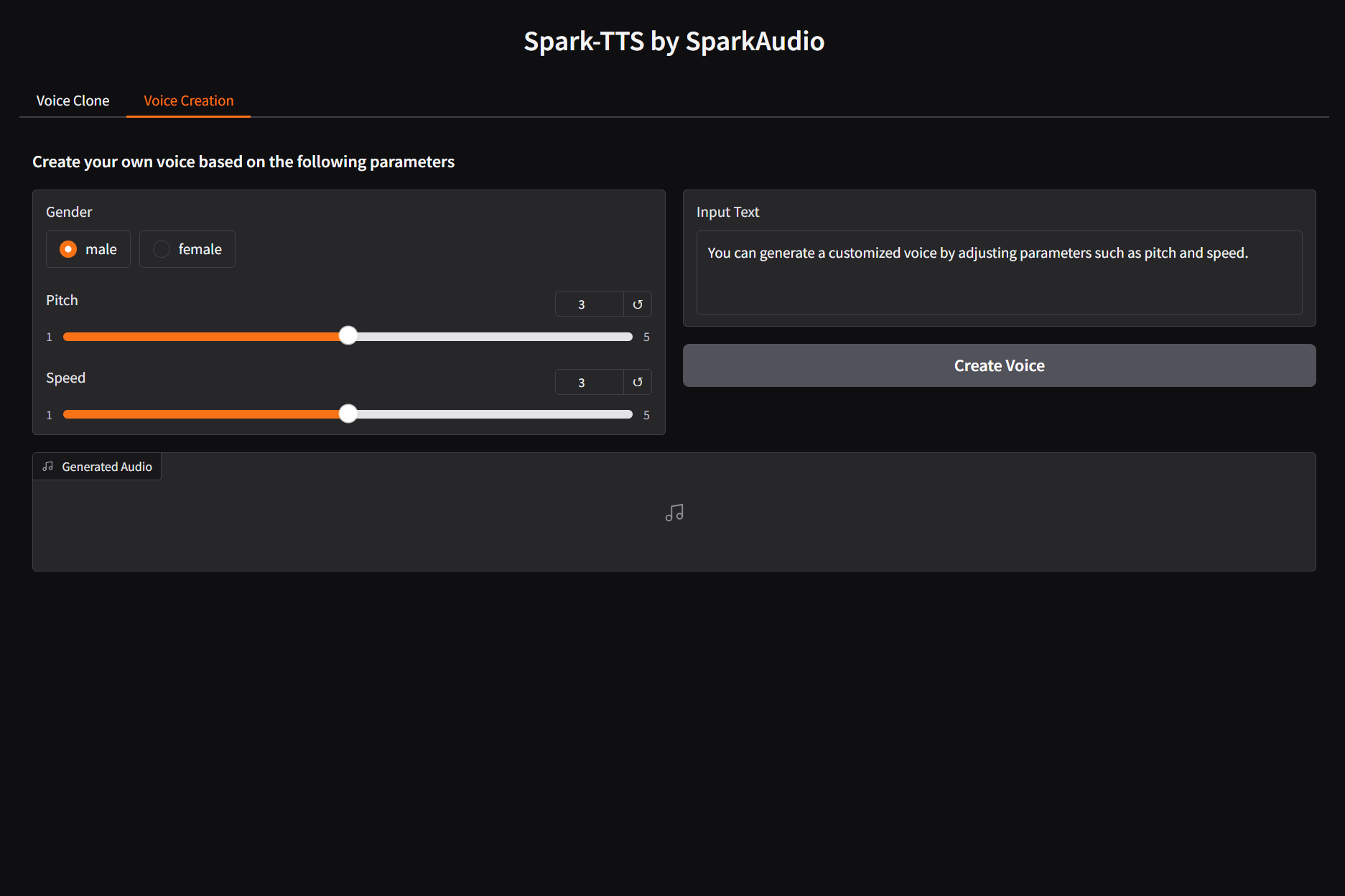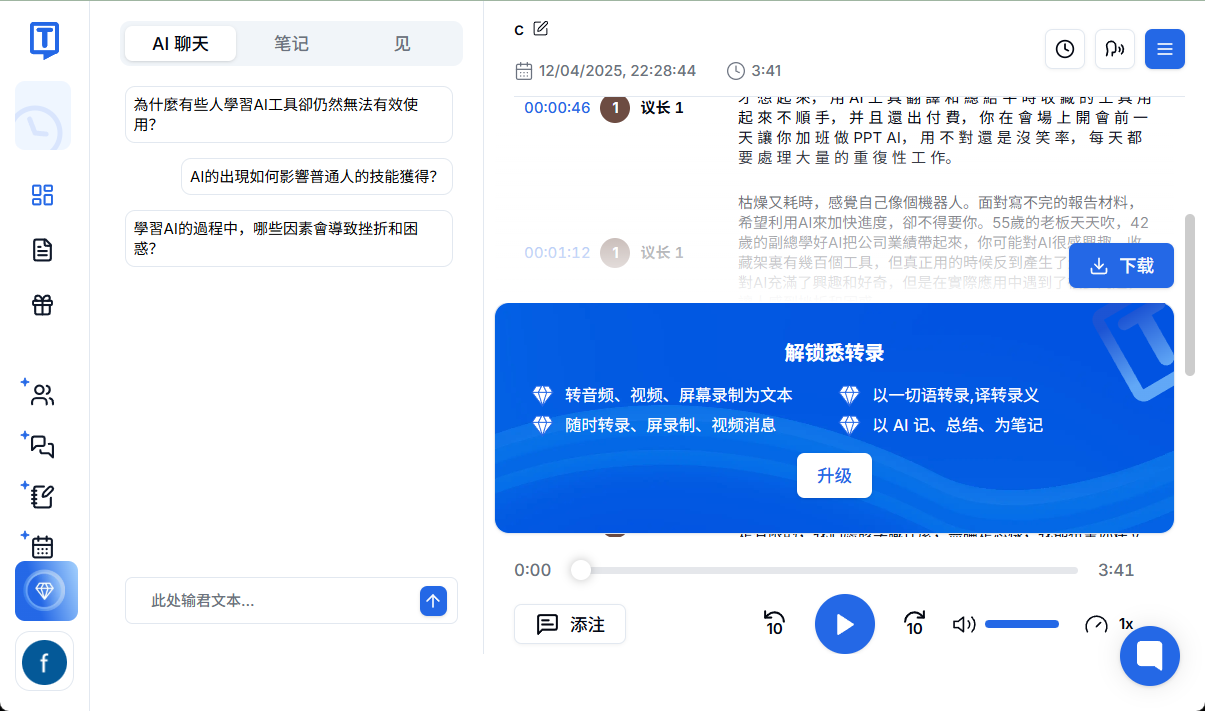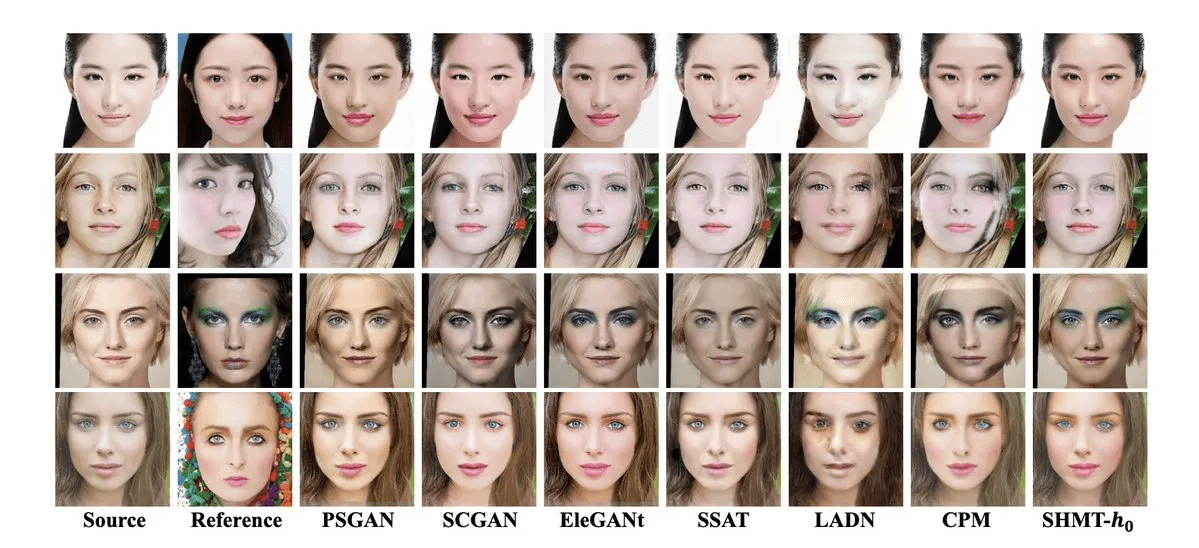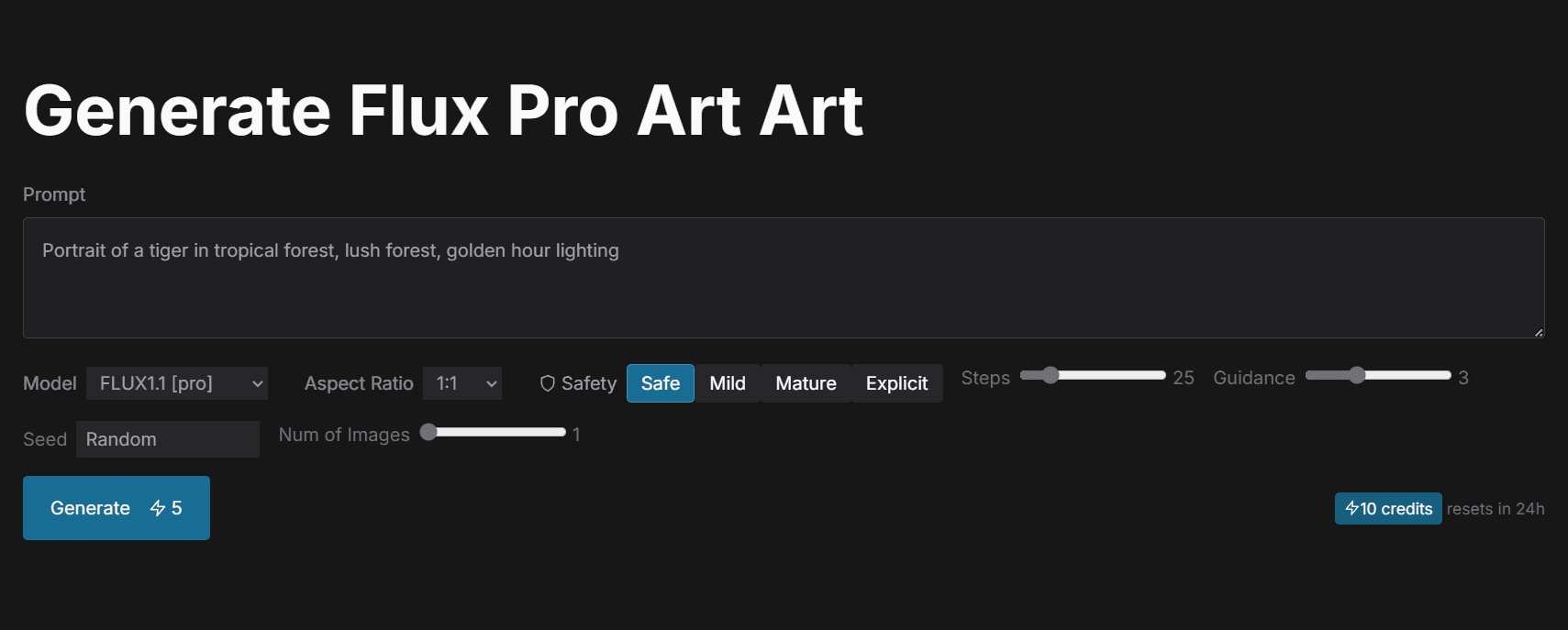Connected Papers: a tool for searching academic papers by association mapping, a visualization tool for research literature
General Introduction
Connected Papers is an academic paper exploration tool designed for researchers and scientists. It helps users to visually explore related papers in their respective research fields by constructing association maps between papers. Users can enter paper identifiers such as DOI, arXiv, paper URL, paper title, Semantic Scholar, or PubMed to generate visual maps. The platform can be used for visual overviews of new subject areas, ensuring that important papers are not missed, cataloging paper citations and discovering important pioneers and subsequent works in the field.
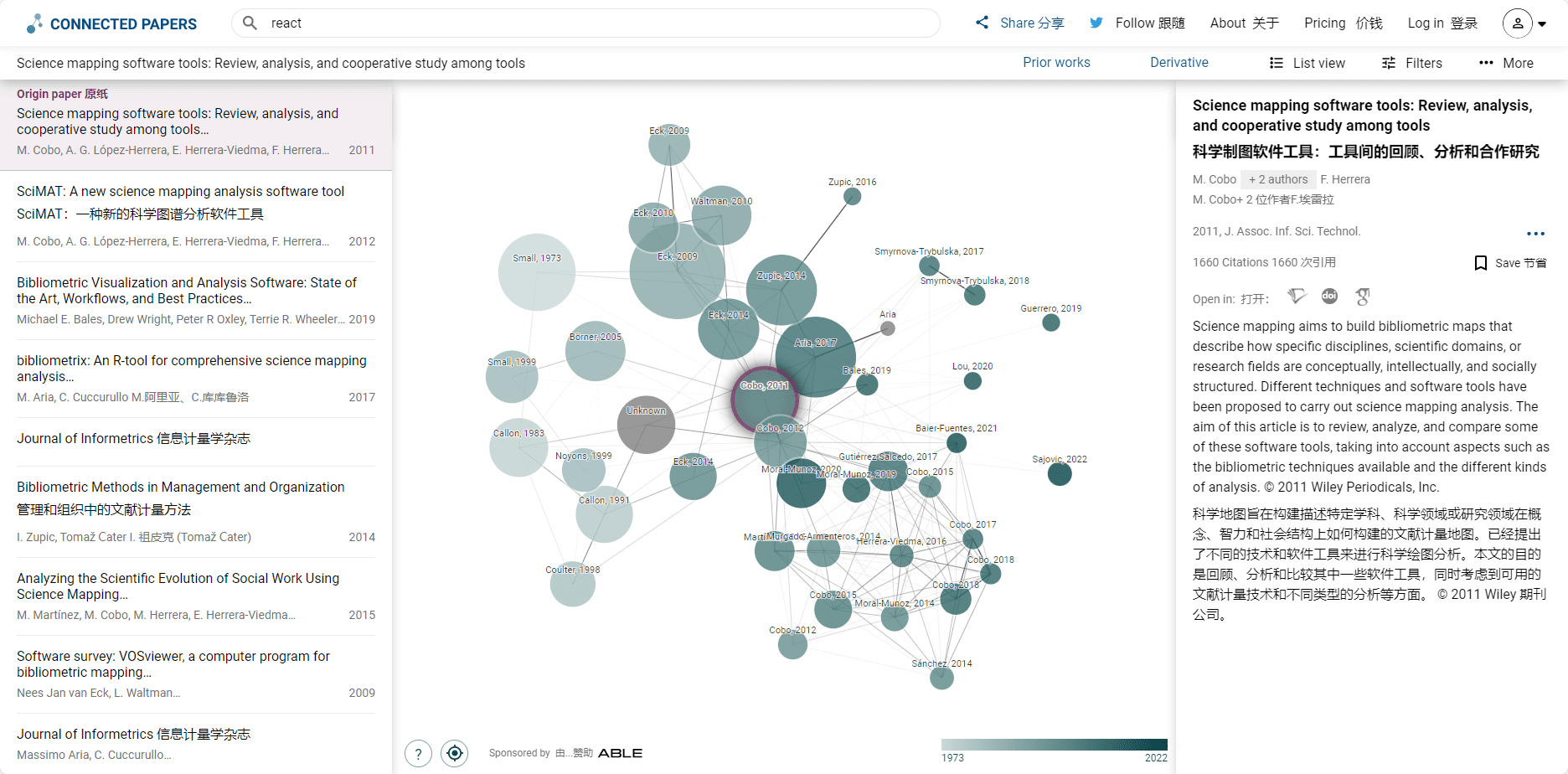
Function List
- Literature Network Diagram: Generate a visualized network diagram of relevant literature after inputting literature information.
- citation analysis: Demonstrate the citation and cited relationships of literature to help users understand the scholarly impact of the literature.
- Literature Screening: Filter related literature based on similarity, number of citations, etc. to quickly find important references.
- Historical Documentation Tracing: Check out the past lives of the literature and learn about the development of the field of study.
- Follow-up research tracking: Find subsequent studies that cite the target literature and keep up to date with the latest research.
Using Help
workflow
- Enter literature information: Enter the identifier of the literature to be analyzed (e.g. DOI, title, arXiv number, etc.) in the search box on the home page.
- Generating a Literature Network Diagram: Click on the "Build a graph" button and the system will generate a visual network diagram containing the relevant literature.
- Browse Literature Network Diagram::
- Each node represents a document and the center node is the input target document.
- The connecting lines between nodes indicate referential relationships, with thicker lines indicating stronger referential relationships.
- The size of the node is proportional to the number of citations, and the color shade indicates the time of publication.
- View Literature Details: Click on a node to view detailed information about the document, including title, author, abstract, etc.
- Filtering and Sorting: Use the filter function in the left column to filter the literature based on similarity, number of citations, publication date, etc.
- Tracing historical documents: Click on "Prior works" to view background literature related to the target literature.
- Tracking follow-up studies: Click on "Derivative works" to view subsequent studies that cite the target literature.
Tips for use
- Quick Start: When new to a field of study, use Connected Papers to get a quick overview of the key literature and research in the field.
- Literature review: When writing a literature review, look up relevant literature through Connected Papers to ensure that no important references are missed.
- field of research: Identify new research directions and potential collaboration opportunities by analyzing the literature network map.
© Copyright notes
Article copyright AI Sharing Circle All, please do not reproduce without permission.
Related posts

No comments...

